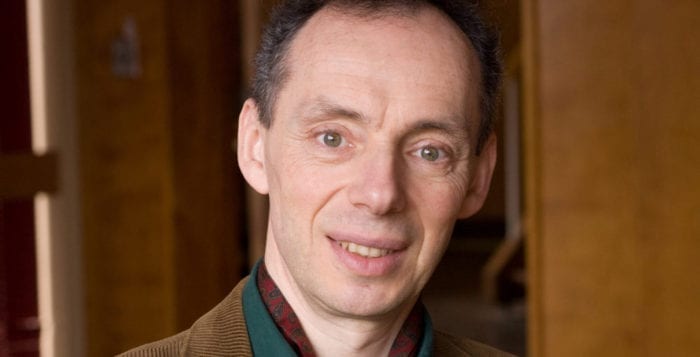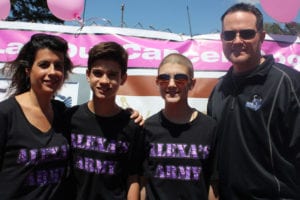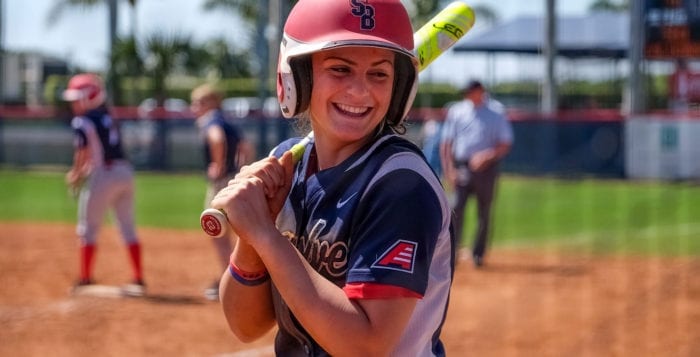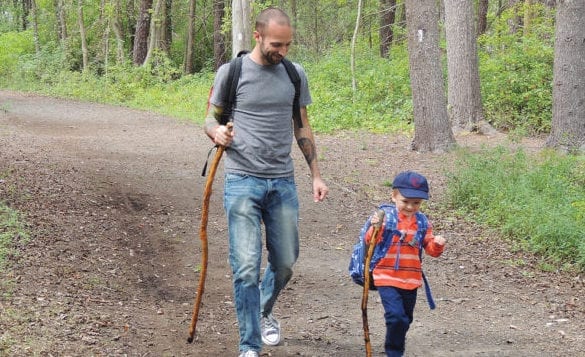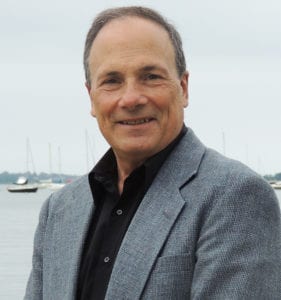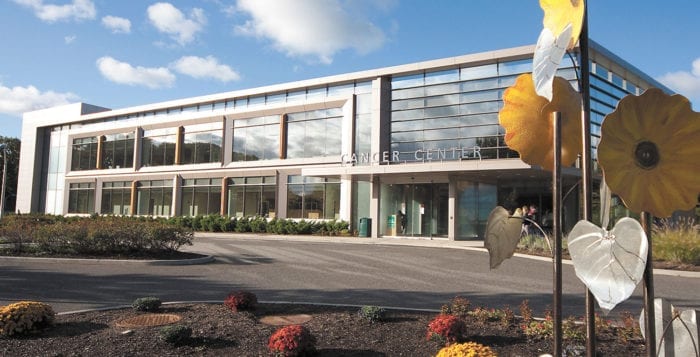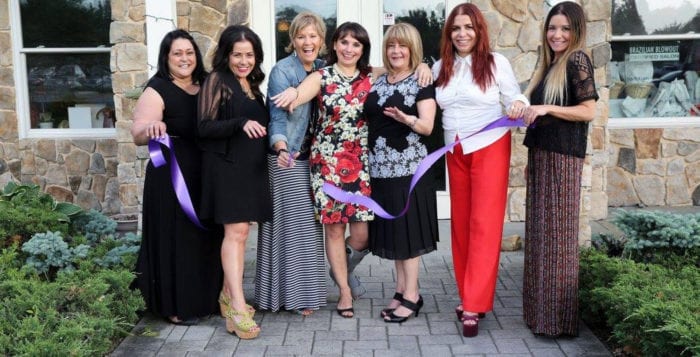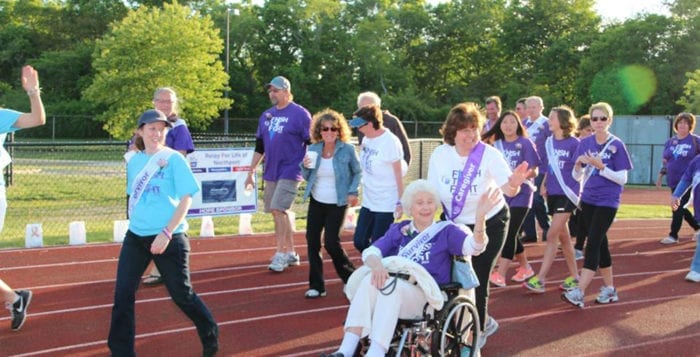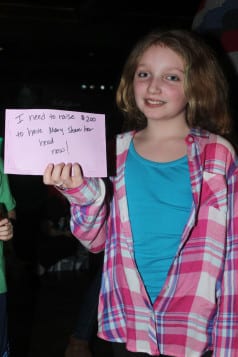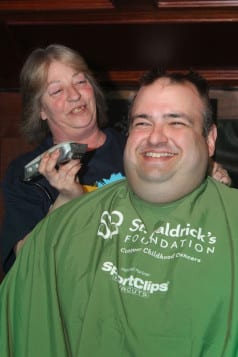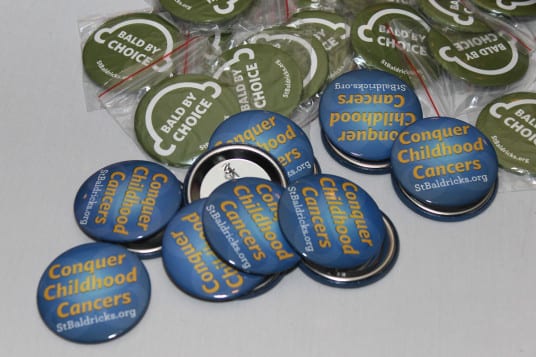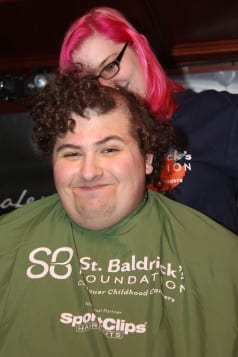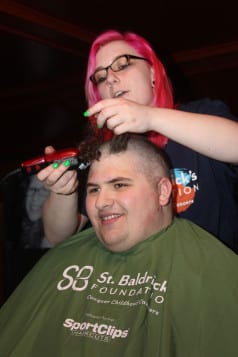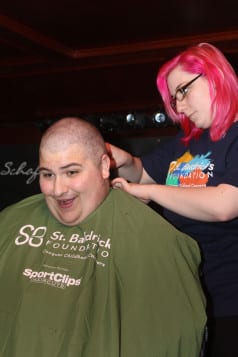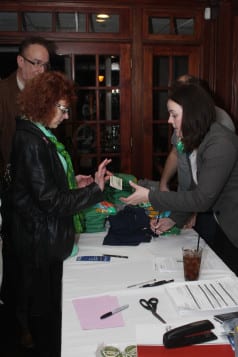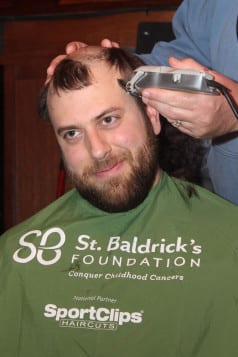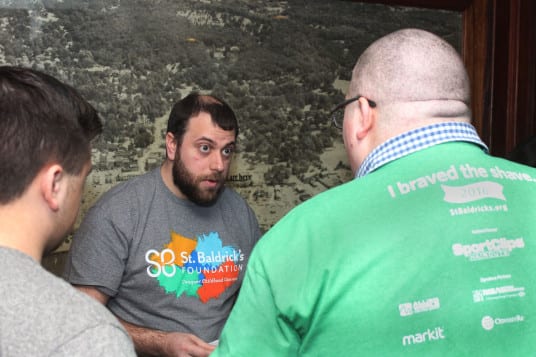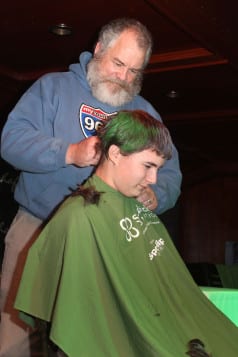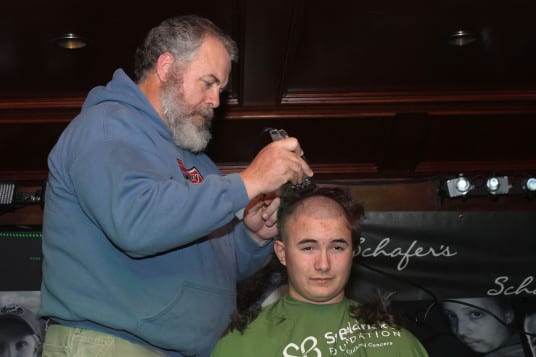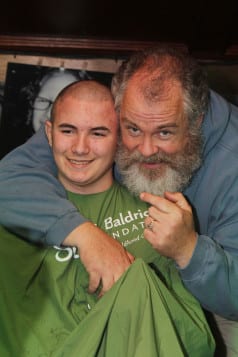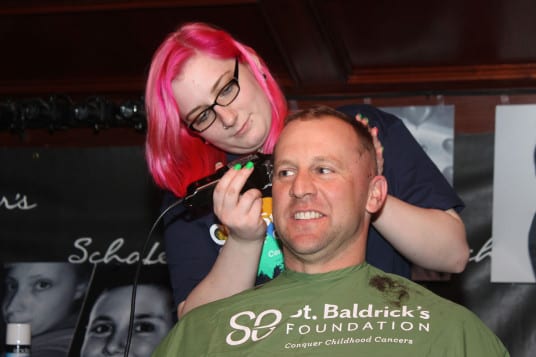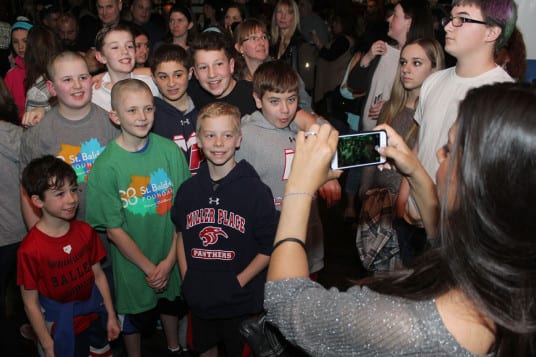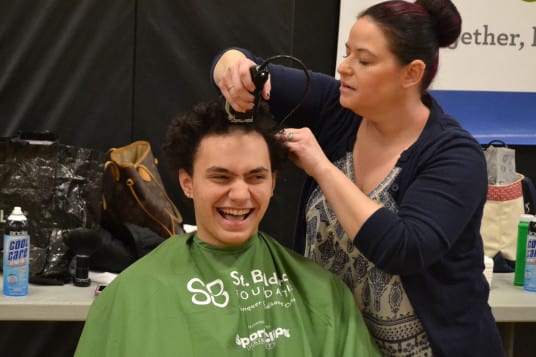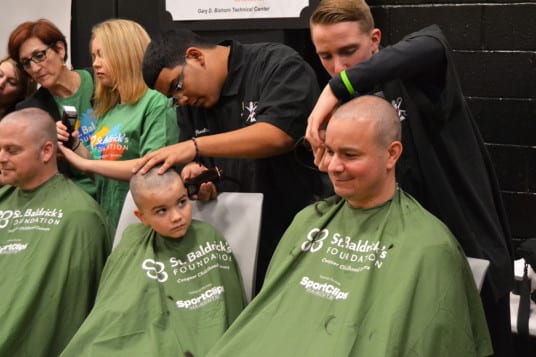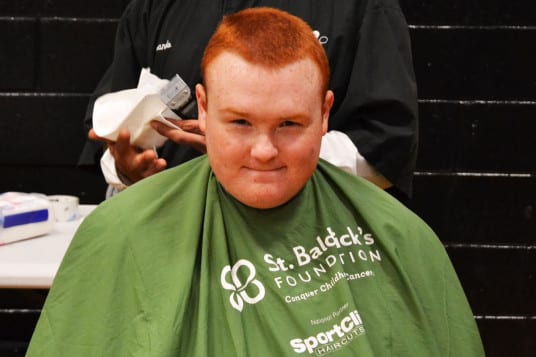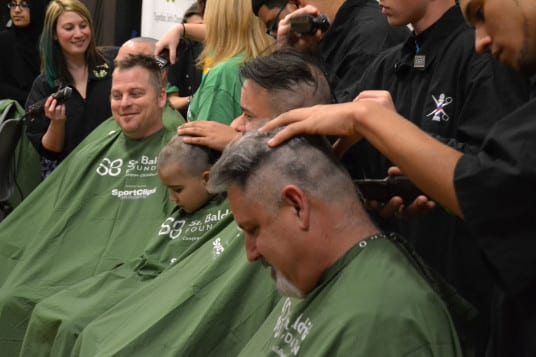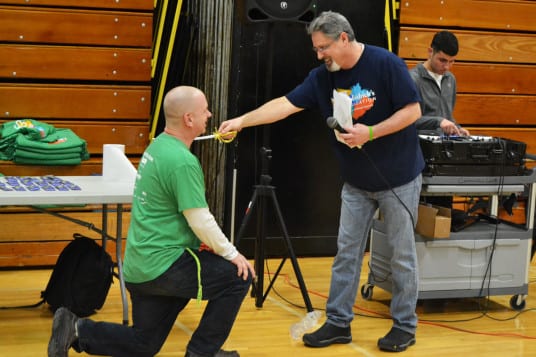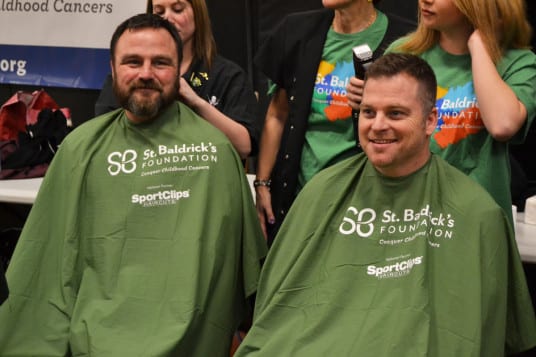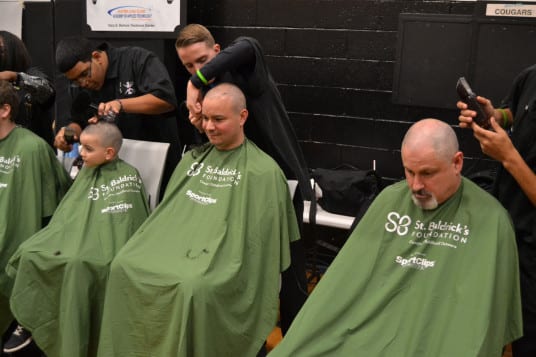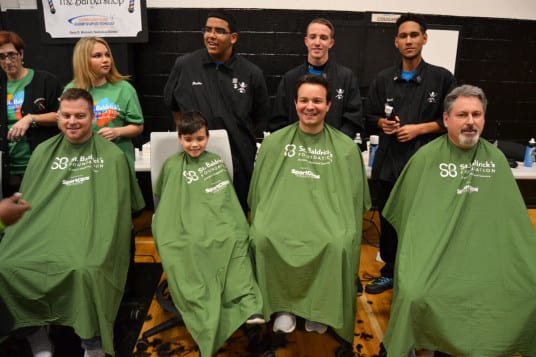It was five years since I had a colonoscopy, so I made an appointment to repeat the procedure. It was not a date on the calendar I was looking forward to. I understand the importance of this test for me, so I did what I had to do. My dad died of intestinal cancer, as did several of his siblings, so the family warning is clear. Had this test been available at the time he was stricken, and his cancer discovered, I have little doubt that my dad, a robust and athletic man, would have otherwise lived a longer life than his 70 years.
A 2015 German study published in the European Journal of Cancer confirmed that colonoscopy screening “will lead to substantial reductions in the colorectal cancer burden.”
So what is a colonoscopy? I write to explain the test in the hopes of encouraging any readers who might be postponing and avoiding that appointment to take care of that little task once they turn 50. It is my understanding that in most cases, health insurance will cover the costs, which in itself is evidence of the importance of the test. And the experience is not so awful. In fact there is, so to speak, a silver lining, but more about that later.
Here are the details. A flexible tube, called a colonoscope, with a video camera on the end that is connected to a large screen in the room, is inserted through the rectum and allows the gastroenterologist to examine the inside of the large intestine. The physician then searches for any abnormalities such as polyps, which can turn into cancer, and usually removes them. The scope rides on a cushion of air that is provided, kind of like a maglev train moves along smoothly without touching the ground through magnetic levitation. The actual procedure takes only about 30-45 minutes, but between the prep at the office and the recovery, it’s a two-to-four hour event.
The first time I had this test, I wanted to be awake to see the inside of the intestine, which is actually quite beautiful. It looks like a braid, as much more surface area can effectively fit into a small area. Tiny red and blue blood vessels crisscross the sides. Of course in order to see all this clearly, the intestine must first be totally cleaned out, which is probably the less pleasant part of the whole deal. Some fasting is involved, anything red, like a tomato, or a seed or nut that might block the view, is to be avoided, and in the last 12 hours before the test, a liquid laxative that spikes 64 ounces of Gatorade is ingested.
I was advised to wear loose and comfortable clothing and to leave cash and jewelry at home. Upon arrival, I was given two of those infamous hospital gowns, one to face front and the other the rear. My clothes were secured in a locker, and after a thorough history was unhurriedly taken, the nurse placed an intravenous (IV) line into my arm.
After my first experience, I chose to be fully sedated this time. I was given the good news, that all was well, when I awoke. As a result of the sedation, however, I could not just get up and drive but needed to be accompanied by a companion. In my case it was my son, who could steer me through the hallway and into the car, then drive me home. Shortly after I arrived back in the kitchen, I realized I was ravenous and began refilling my intestine.
There is a mild bit of bloating after the test as a result of the air that is added, but that is not particularly uncomfortable and disappears within hours. I was advised not to drive a car, operate any machinery or power tools (unlikely), drink any alcoholic beverages or make any important decisions until the following day.
There are other forms of the colonoscopy that are somewhat less invasive, but my understanding is that this variant is the most thorough and therefore the most desirable. As for the silver lining? I did appear to lose a couple of pounds, at least for now.

